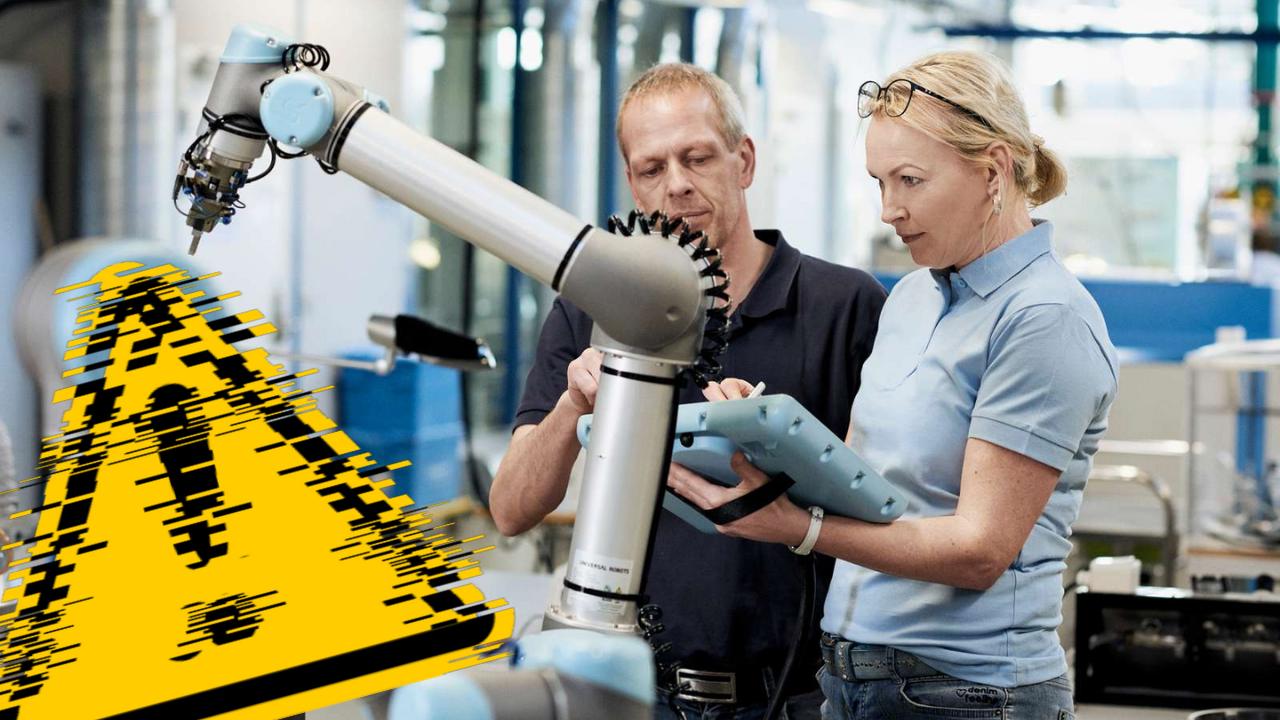We have implemented many robotic projects across Quebec. Some of these projects involve more traditional technologies, such as industrial robots, while other solutions incorporate collaborative robots. The latter technology enables robots to work alongside human workers in their work environments, without the need for safety barriers.
This proximity between man and robot requires an assessment of the associated risks.
In this article, we'll explore the importance of risk analysis for collaborative robots, highlighting key aspects to consider.
Safety standards and risk analysis
Risk analysis for collaborative robots is based on specific standards, such as CSA-Z434 and TS-15066. These standards provide an essential framework for evaluating and managing potential hazards. When designing a collaborative robot cell, it is imperative to comply with these standards to ensure worker safety.
Understanding risk
It's important to recognize that total elimination of risk is often unrealistic. In everyday life, we are constantly exposed to potentially dangerous situations. For example, when walking down the stairs, we are cautious not to trip. Similarly, reducing the risks associated with collaborative robots relies on understanding the hazards and providing workers with adequate training. Information and awareness-raising are essential weapons in minimizing risks. In short, we can aim not to eliminate risk, but rather to reduce it to a minimum level that can be tolerated, according to standards and various criteria.
A parallel with the shampoo industry
To illustrate the notion of risk reduction, let's take the example of the shampoo industry. Some shampoos are formulated not to irritate the eyes ("tear-free"), which certainly makes them less powerful than others. However, more powerful shampoos, like those used by Head & Shoulders, can burn/heat the eyes. The risk analysis carried out by manufacturers aims to strike a balance between efficacy and safety. Consumers are then informed of the need for eye protection, which reduces the risk of irritation, while ensuring that the consumer cannot be blinded by the use of a high-performance shampoo.
Avoid extremes
In conclusion, don't go too far with the potential dangers you identify in your collaborative robot projects. Stay realistic, use common sense and refer to standards.
If you'd like to find out more about potential risks in your company, please don't hesitate to contact one of our experts to discuss your specific needs.
Source: CCOHS

